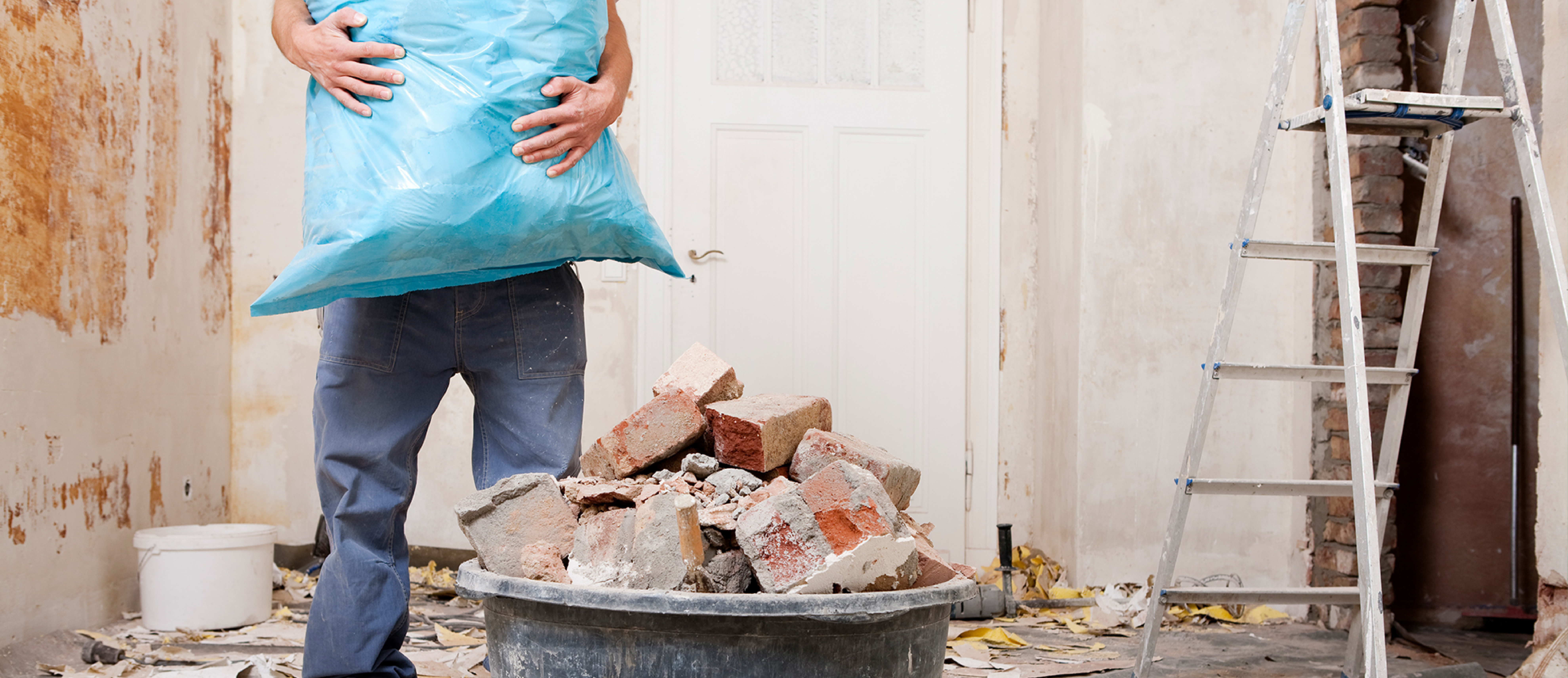Reinstatement Cost Assessments (RCAs) are survey-based estimates of the cost of rebuilding a property following total destruction or loss. Insurers have made RCAs a de facto requirement, with the aim of avoiding cover shortfalls that could expose their insureds to the risk of financial loss. It’s important to remember, however, that it is the insured – not the insurer or broker – who will be liable for any such shortfall.
Any significant increase in average reinstatement costs creates the potential for underinsurance, raising concerns over the adequacy of current buildings insurance cover. During similar periods of disruption or inflation in the past, insurers have seen properties that had originally been correctly valued and their sum insured indexed appropriately, requiring a 50% increase in their buildings insurance declared value to correct creeping underinsurance just five years after the original valuation.
The rising price of timber and other construction consumables brought on by Brexit and Covid-19 has coincided with rising demand in the UK. Major infrastructure projects like Crossrail are monopolising these resources and dominating market share. The graph below illustrates the sharp rise in construction material prices since 2020.
Discussions with insurers and valuers suggest that few people anticipated the level of price increases we are currently seeing. Although valuations are updated annually in line with various indices and input from insurers, these tend only to allow for a relatively crude distinction between residential and commercial risks. In reality, a property’s occupation type can also impact changing reinstatement costs. For example, London-based specialist firm of chartered surveyors and valuers Rushton International* note that reinstatement costs for schools and hospitals have shown above-average increases, whereas retail and office properties have not seen such an aggressive shift. That said global and domestic issues continue to push up input cost inflation to its highest yearly rate of change since 2005. The Building cost index a composite measure of building input costs increased by 8.5% over the year at Q2 2021. Some building materials have increased dramatically; timber by c.30%, steel and rebar by c.40%. Furthermore wage inflation by certain trades i.e. steelworkers and brick layers have seen a 15-20% increase too. This is however in contrast with tender pricing. Tender prices increased by 1% over the 12 months to Q2 2021. They are set to further increase over the remainder of 2021 as workload stays busy and input cost pressures remain, but it seems reasonable to say that currently, in a competitive and difficult market, contractors are absorbing price increases currently and compressing margins, and this won’t be able to continue for extended periods of time.
Who carries out our RCAs?
Estimating the cost of rebuilding a property in the event of total destruction requires a professional assessment by a qualified agent. Ideally an RICS Registered firm of Chartered Surveyors, specialising in insurance reinstement cost assessments for the best advice and overall peace of mind. It is well worth factoring into this process some consideration of exactly what would or would not need to be replaced in the event of a total loss. This can vary significantly from property to property, and an exact like-for-like replacement may not always be necessary or even appropriate. This is where a Modern Equivalent Replacement Cost (MERC) assessment potentially comes in.
What is a MERC assessment?
MERC assessments focus specifically on what would be rebuilt in the event of a total loss and the potential for constructing a modern unit using newer, less costly materials – rather than simply reinstating what is currently in situ. The accurately-estimated construction costs of a new building offering the same capacity, facilities and benefits as the one it replaces can be significantly lower that those of replacing on a like-for-like basis in line with a traditional reinstatement cost assessment.
MERC considerations
There is no one-size-fits-all solution when it comes to MERC assessments. Each site needs to be considered on its own merits. It’s also very important to involve the insurer to ensure that adopting this approach would not have any detrimental consequences in the event of a partial loss.
A variety of questions need to be considered when determining whether or not a MERC assessment is appropriate for any given property. These include the age of the property, its occupation, whether there is any legal or statutory obligation to reinstate it like for like, and what is permitted under applicable building regulations and planning constraints.
We have seen examples of MERC assessments dramatically reducing the overall increase required to correct reinstatement costs - particularly with older industrial properties, where the scope for a more modern approach tends to be greatest. Because tenants are often responsible for meeting the costs of property insurance premiums, they are likely to be receptive to exploring how reinstatement value adjustments can be kept down.
In practice, a traditional RCA will often remain the most appropriate option. But, as brokers, we believe it is only prudent for us to highlight the fact that valuers like Rushtons* have the capabilities to carry out MERC assessments where this is deemed appropriate and beneficial for all stakeholders.
Building back greener
Finally, while we are on the subject of reinstatement, we would also urge property owners to make sure their policies include a clause that allows them to rebuild in a way that reduces potential harm to the environment and/or improves energy efficiency – with the insurer agreeing to pay any additional rebuilding costs up to a certain limit. This extension comes as standard with the Lockton Global Real Estate Policy.


